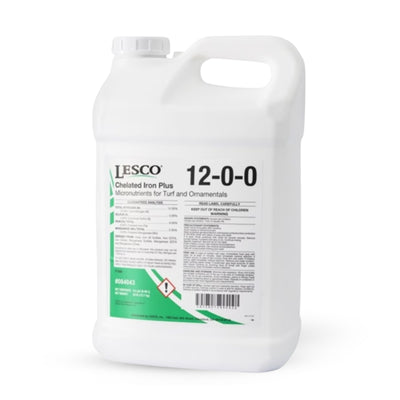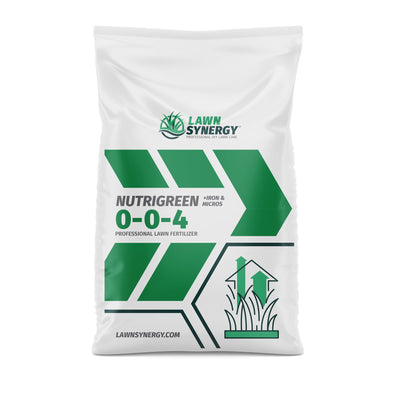Achieving a vibrant green lawn requires more than just water and sunlight. In this article, we explore the role of iron lawn fertilizers, understanding why it is a crucial element for enhancing the lush greenery of your outdoor space, and how to turn yellow grass green.
Iron is a micronutrient that plays a pivotal role in the photosynthesis process of plants. For lawns, this translates to improved chlorophyll production, resulting in a richer, deeper green color. While iron is naturally present in soil, supplementing it through targeted fertilization can make a noticeable difference in the overall health and appearance of your lawn.
Why Use Iron Lawn Fertilizer?
Chlorophyll Production
Correction of Iron Deficiency
Lawns can exhibit signs of iron deficiency, such as yellowing leaves (chlorosis). Iron fertilizer provides a quick and effective remedy, addressing deficiencies and restoring the vibrant green color to your grass.
Improved Nutrient Uptake
Iron facilitates the absorption of other essential nutrients by the grass, promoting an overall healthier and more resilient lawn. This, in turn, enhances the ability of the grass to withstand stressors like drought or extreme temperatures.
Deep Dark Green Color
Iron will deepen the dark green color of a lawn or plant. Lawns that have iron applied to them will typically jump out at you.
How To Apply Iron Lawn Fertilizer
When using iron lawn fertilizer, follow these tips and tricks for optimal results:
When To Apply
Apply iron fertilizer during periods of active growth, typically in the spring or early summer. Iron does not last long and typically needs a little nitrogen for the plant to take in this nutrient.
Even Distribution
Ensure an even distribution of the fertilizer to avoid uneven coloration. Iron can be applied in a granular or liquid formation. Using a quality fertilizer spreader such as the Lesco Spreader is key for uniform coverage.
Watering
Water the lawn after application to help the iron fertilizer penetrate the soil and be absorbed by the grass.
Staining
Iron stains. Be sure to blow off all granules or wash off any liquids on hard surfaces. Iron fertilizer will stain hard surfaces such as concrete driveways, walkways, and even siding on your home or a fence.
Types of Iron Lawn Fertilizer
When choosing a iron lawn fertilizer, it depends on your specific needs and the current condition of your grass. Lawnsynergy.com offers four blends, each with unique characteristics:

|
10-0-20 iron lawn fertilizer is ideal if you're specifically targeting iron deficiency while providing a balanced mix of other essential nutrients. It's a good choice for maintaining overall lawn health. It is also a perfect summer stress fertilizer for fescue grass. |
 |
Almighty 20-0-10 lawn fertilizer with iron will focus on growth and dark green color. It is suitable for promoting lush green growth that is a balanced option for lawns that may need a boost in both these essential elements. 20-0-10 Lawn Fertilizer is the best weed and feed for bermuda grass. |
 |
0-0-4 Nutrigreen Lawn Fertilizer with Micros (20% iron): If you're dealing with nitrogen blackouts or require a substantial iron boost, this blend is a strong contender. The high iron content makes it effective for correcting deficiencies while providing additional micronutrients. |
 |
Starter Fertilizer: This blend, rich in phosphorus and potassium, is designed to promote strong root development and overall resilience in newly establishing lawns. While it contains less iron than some other blends, it offers a balanced approach for supporting the initial growth stages. It is the best grass seed fertilizer on the market. |
Consider your lawn's specific requirements, such as whether you need to address iron deficiency, promote overall growth, or support new grass. Additionally, take into account any specific challenges your lawn may be facing, such as nitrogen blackouts. Choose lawn fertilizer that aligns most closely with your goals for a healthy, green lawn.
In the quest for a lush dark green lawn, don't overlook the importance of iron. Incorporating iron lawn fertilizer into your lawn care routine can make a substantial difference in the vibrancy and overall health of your grass. From enhancing chlorophyll production to correcting deficiencies, iron is a secret weapon for achieving that coveted deep green color that turns heads and transforms your outdoor space into a green oasis. For more information on the best way to grow grass, please see our lawn guides.








